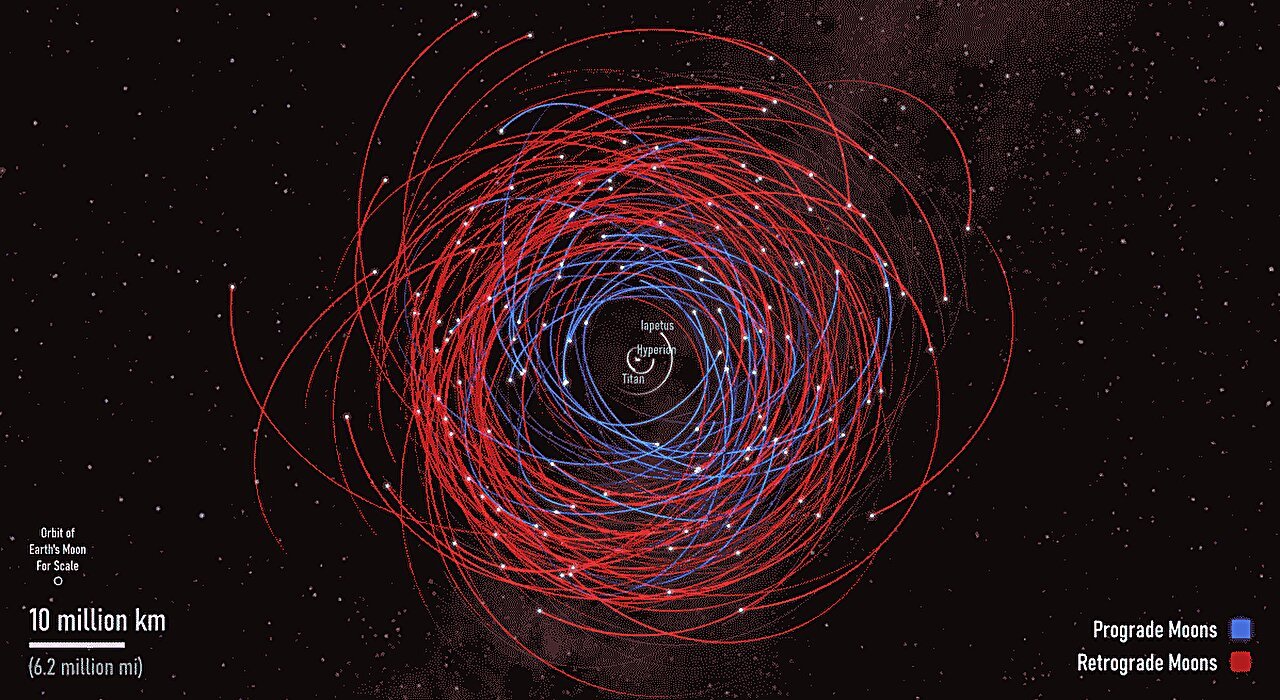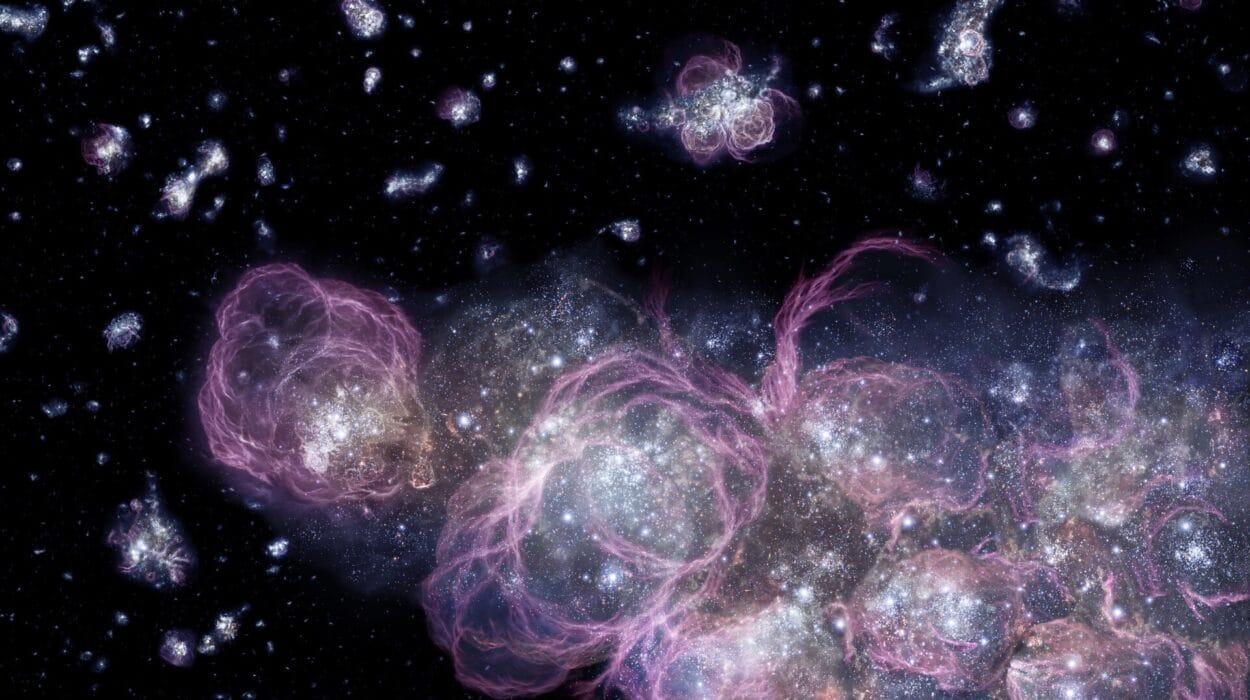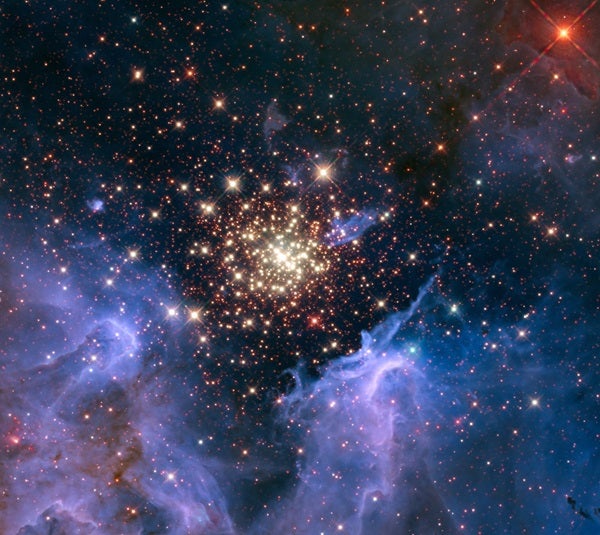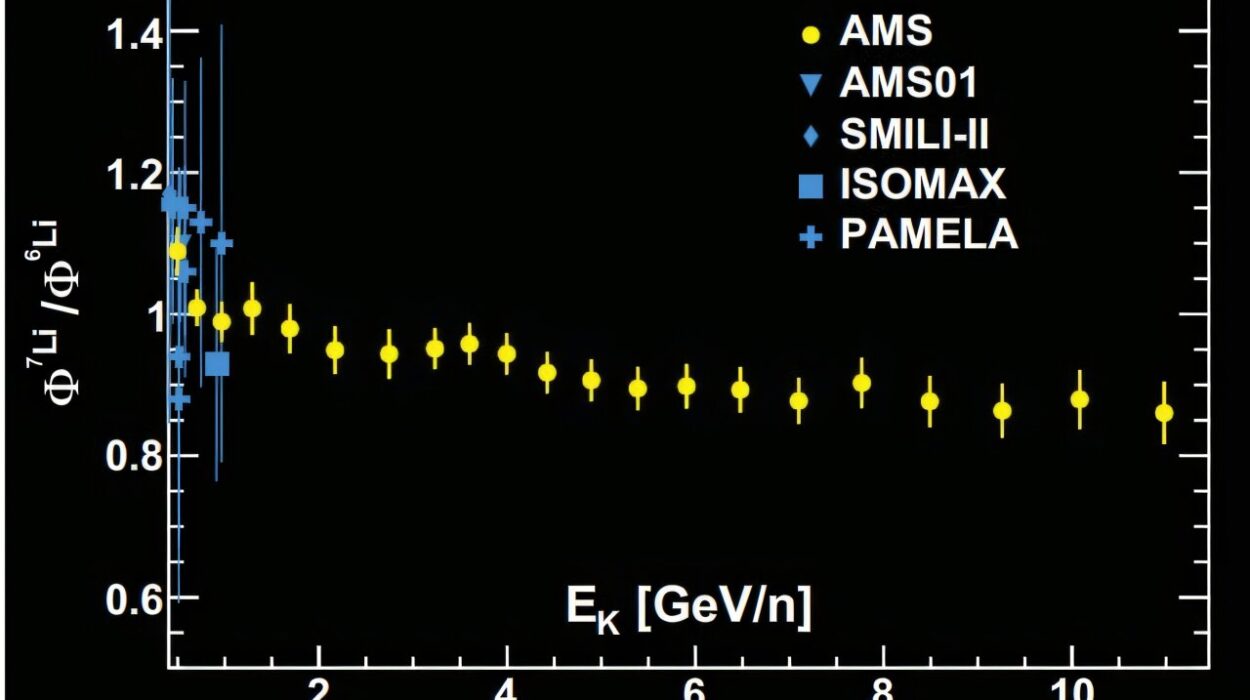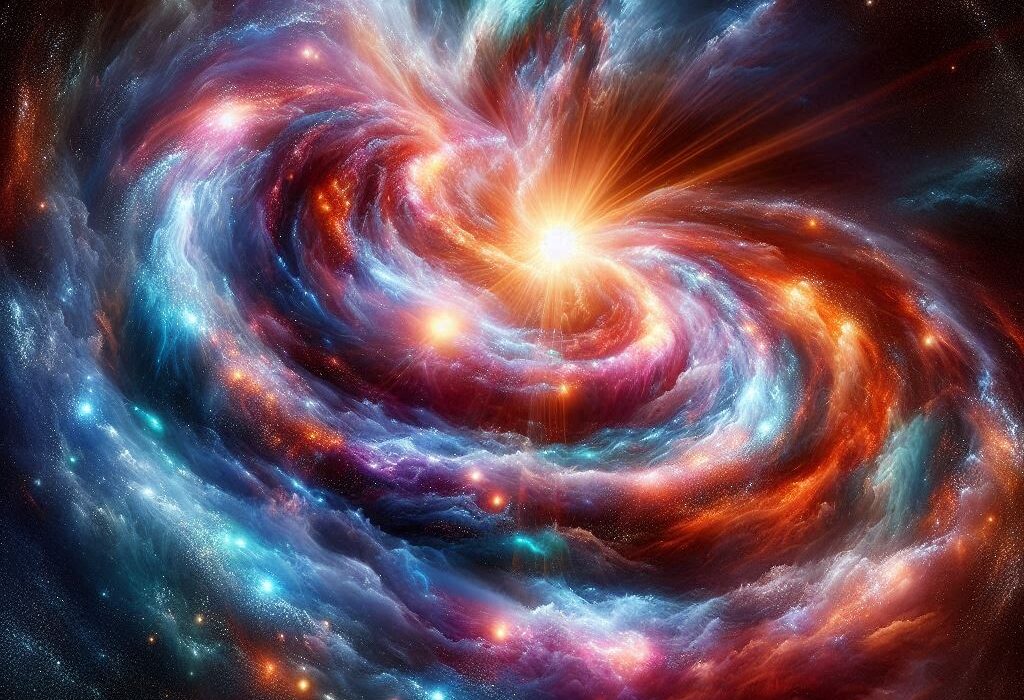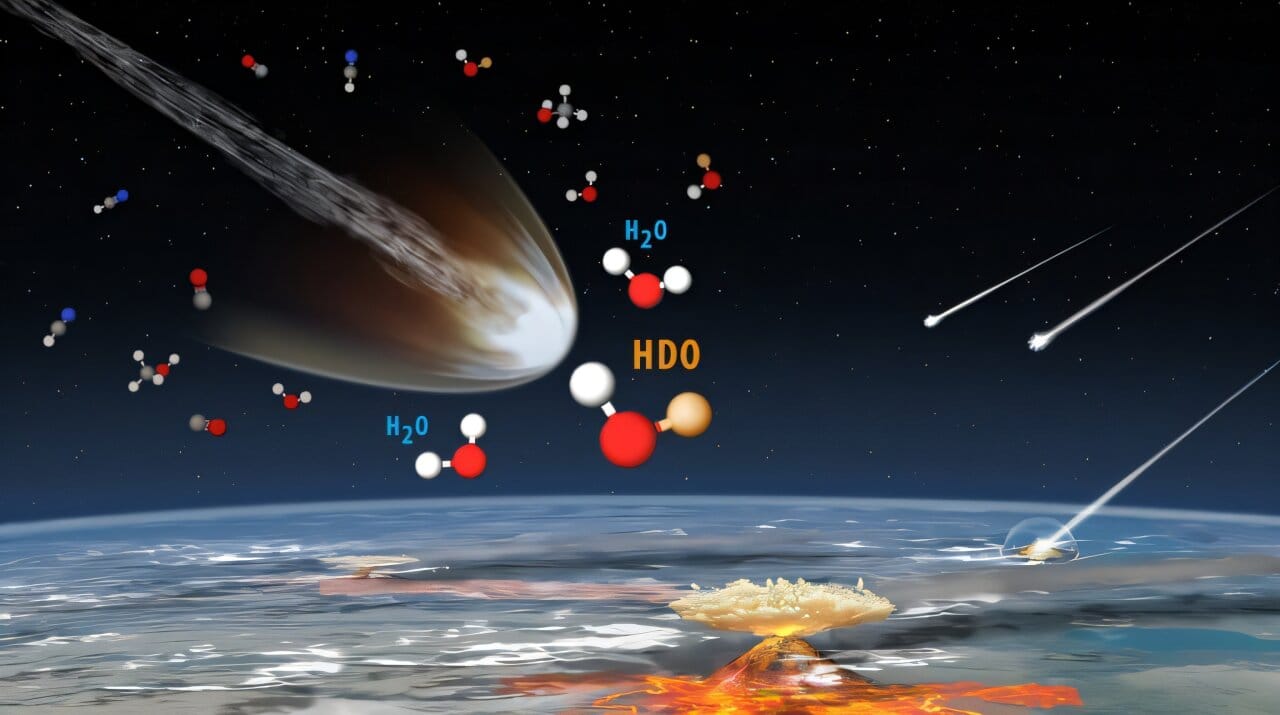For as long as we’ve looked up at the night sky, the planets of our solar system have been mysterious beacons of intrigue. But among them, one world has always stood apart—Saturn. The iconic ringed giant has long fascinated stargazers and scientists alike. Now, it’s claiming yet another cosmic crown: Saturn officially hosts the largest known retinue of moons in our solar system, with an astonishing 274 confirmed satellites.
And if that number makes you pause, you’re not alone.
On March 11, 2024, the Minor Planet Center announced the confirmation of 128 newly discovered moons orbiting Saturn. This monumental finding comes courtesy of an international team of astronomers, spearheaded by Dr. Edward Ashton, a postdoctoral fellow at the Institute for Astronomy and Astrophysics at Academia Sinica. Their work, conducted with the Canada-France-Hawaii Telescope (CFHT), has rewritten the record books—and deepened the mysteries swirling around Saturn’s chaotic system of small, irregular moons.
“We knew there were more out there,” said Ashton. “But to find this many? That was a surprise—even for us.”
A Decade in the Making: How They Found the Moons
This discovery didn’t happen overnight. Between 2019 and 2021, Ashton and his team trained the CFHT on Saturn’s vast surroundings, peering deep into the darkness in search of faint specks of light. They used a technique called “shift and stack,” where multiple long-exposure images are layered on top of each other, compensating for the expected motion of potential moons. This method enhances faint objects that would otherwise vanish into the background noise of space.
Their first analysis revealed 64 new moons, with tantalizing hints that more lurked in the shadows. The initial discoveries were thrilling but incomplete.
So in 2023, Ashton and his collaborators returned to those same starfields, determined to leave no moon unaccounted for. Over three consecutive months, they painstakingly repeated their observations, and the results were staggering.
“Sure enough, we found 128 new moons,” Ashton confirmed. “We knew Saturn had more secrets to share. We just had to be patient.”
These tiny, irregular moons orbit far beyond Saturn’s major satellites, often on highly elliptical and tilted paths. Many of them are just a few kilometers across—cosmic crumbs compared to Saturn’s massive moon Titan, which is larger than the planet Mercury.
The Mystery of the Irregular Moons
Unlike Earth’s moon, which formed in a neat orbit after a cataclysmic collision billions of years ago, Saturn’s irregular moons are an entirely different breed. They move on wildly inclined and elongated orbits, often spinning backward (retrograde) relative to Saturn’s rotation.
These orbits hint at a violent past. Most of these tiny satellites were likely captured objects—comets, asteroids, or even planetesimals—that wandered too close and were ensnared by Saturn’s gravity billions of years ago. Once trapped, many would have collided with each other, breaking into smaller fragments.
“These moons are just a few kilometers in size,” explained Dr. Brett Gladman, professor of Physics and Astronomy at the University of British Columbia (UBC). “They’re likely all pieces of a handful of larger captured moons that got smashed up in violent collisions—either with each other or with passing comets.”
The evidence points to a colossal collisional event in the recent cosmic past, geologically speaking—perhaps within the last 100 million years. That’s practically yesterday, given that Saturn itself formed over 4.5 billion years ago.
The Aftermath of a Catastrophic Collision
The region near Saturn’s Mundilfari group, a subgroup of its irregular Norse moons, appears to be ground zero for one of these ancient smash-ups. Mundilfari is a name borrowed from Norse mythology, given to one of Saturn’s retrograde moons and a reference point for a family of similar orbits.
“A lot of the new moons we found cluster near the Mundilfari group,” Ashton noted. “That suggests a major collision took place there, sending fragments out in all directions.”
In fact, the sheer number of small moons and their orbital patterns reinforce the idea of a recent collisional disruption. A 2021 paper by Ashton and his team theorized that these retrograde irregular moons are remnants of a once larger body that broke apart—possibly due to mutual collisions or an impact from an interloping comet.
Their theory explains the steep size distribution of these moons. Saturn’s small-moon population doesn’t follow the same gradual curve we see around other planets like Jupiter, where collisions over billions of years have ground objects down into smaller and fewer pieces. Instead, Saturn’s irregular moons still show signs of a fresh and catastrophic breakup.
Saturn’s Moon Count Surges Past Jupiter—For Good?
For decades, Saturn and Jupiter have vied for the title of the planet with the most moons. Jupiter’s current count stands at 95 confirmed satellites, and while more may be found, Saturn seems to have taken a decisive lead.
“Based on our projections, I don’t think Jupiter will ever catch up,” Ashton said. That’s because Jupiter’s irregular moon system appears to have settled into a stable, more collision-worn state, while Saturn’s system is still brimming with fragmentary debris.
Today, Saturn’s 274 moons are more than all the other known planetary satellites in the solar system combined—and nearly double the count of Jupiter’s. That raises the question: How many more are out there?
According to Ashton, we may be approaching the technological limits of moon discovery—at least for now. “With current technology, I don’t think we can do much better than what has already been done for moons around Saturn, Uranus, and Neptune,” he said.
Still, astronomers aren’t ruling out the discovery of moonlets—tiny rocks or ice fragments that blur the line between moons and mere debris. With no firm size threshold for what counts as a moon, the numbers could keep climbing.
What Saturn’s Moons Reveal About the Early Solar System
These tiny worlds are far more than celestial curiosities. They are time capsules that preserve clues about the solar system’s violent adolescence.
“Studies like these reveal that the giant planets captured some moderate-sized moons over 4 billion years ago, back when the solar system was young and chaotic,” said Dr. Gladman. “What we’re seeing now are mostly the shattered fragments of those ancient moons.”
Saturn’s irregular moons offer scientists a natural laboratory to study planetary formation, collisional evolution, and the complex gravitational ballet that shaped the outer solar system.
They also tie into the origin of Saturn’s famous rings. Some researchers think the rings could be debris from ancient moons that wandered too close and were torn apart by Saturn’s intense gravity—a process known as Roche limit disruption. Others propose that fragments from collisions in the irregular moon system might have rained down toward Saturn, contributing to the rings we see today.
What’s Next: Naming the New Moons
For now, these 128 new moons are cataloged under strings of letters and numbers, but soon they’ll join Saturn’s pantheon of mythological names. Following tradition, Saturn’s moons are named after deities from Norse, Gallic, and Canadian Inuit mythology.
And while ancient mythology provides a rich well of names, humanity’s creativity shows no signs of slowing. “We’ve never been shy about inventing gods,” Ashton joked. “I think we’ll be fine.”
Saturn: A Living, Breathing Solar System of Its Own
With its dazzling rings, massive storms, and staggering array of moons, Saturn continues to surprise and challenge our understanding of planetary systems.
The ringed planet now stands as the undisputed moon king of our solar system, but these discoveries are about more than numbers. They’re about understanding how planets—and their satellite systems—grow, evolve, and sometimes, violently self-destruct.
Saturn may be 1.4 billion kilometers from Earth, but thanks to the perseverance of astronomers and ever-advancing technology, we’re drawing closer to understanding its complex, interconnected system of moons, rings, and hidden histories.
And who knows? As our telescopes grow more powerful and spacecraft venture further, Saturn may yet have more secrets to share.
Reference: Edward Ashton et al, Retrograde predominance of small saturnian moons reiterates a recent retrograde collisional disruption, arXiv (2025). DOI: 10.48550/arxiv.2503.07081
